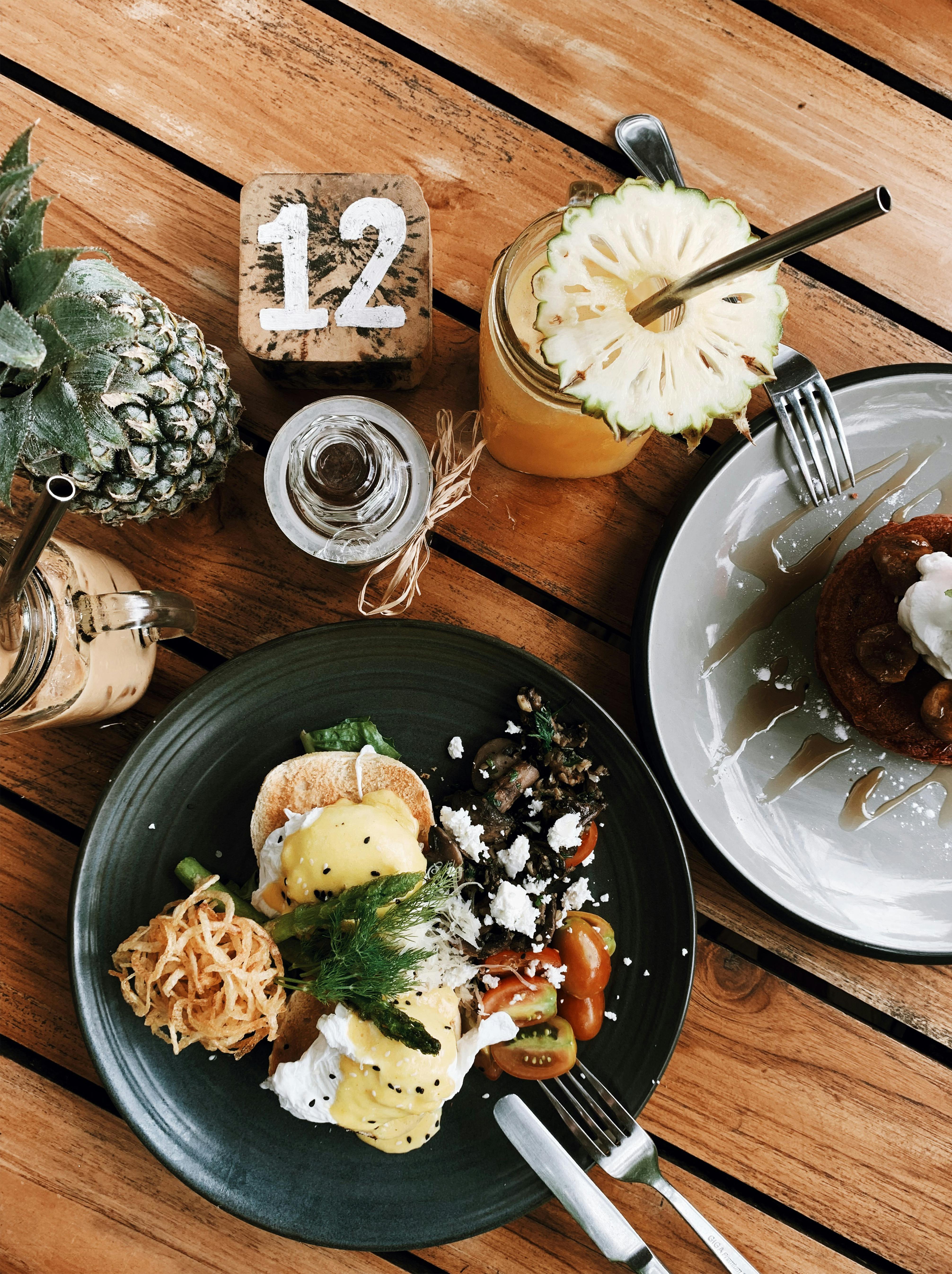Effective Ways to Score Sourdough Bread for Perfect Results in 2025

Essential Techniques for Scoring Sourdough Bread Perfectly
Sourdough bread scoring is a critical technique for bakers aiming to achieve the perfect loaf. Scoring not only enhances visual appeal but also significantly affects how the bread expands during baking, known as oven spring. Understanding the fundamentals of how to score sourdough bread and utilizing the right techniques ensures a beautifully crafted loaf that has the desired texture and flavor. This article will cover essential sourdough scoring techniques, effective patterns, the best scoring knives, tips for avoiding common mistakes, and how to creatively design your sourdough loaves.
By the end, you'll have a comprehensive understanding of the importance of scoring, practical insights on achieving beautiful results, and expert recommendations on tools and techniques. Let’s dive into the fundamental aspects of sourdough scoring.
Understanding Why to Score Sourdough Bread
Before jumping into techniques, it is essential to understand why scoring sourdough bread is pivotal. When scoring, you create controlled openings in the dough's surface, allowing for expansion during baking. This technique preserves the integrity of the loaf while enhancing aesthetic appeal.
Additionally, proper scoring fosters better oven spring—a phenomenon where the dough rises dramatically after being placed in an oven. A well-executed score leads to a crust with a perfect balance of crispness and chewiness, which is crucial for any artisan bread. Without scoring, bread may crack or burst unpredictably, ruining both texture and presentation.
Furthermore, the design you create through scoring can communicate various qualities about the bread, such as its flavor profile or the type of grain used. Thus, mastering the art of scoring sourdough is not merely a technical skill but a creative expression in bread-making.
This naturally leads us to explore effective scoring techniques and patterns for enhancing oven spring.
Mastering Scoring Depth for Sourdough
The depth of your scoring plays a critical role in how your bread will rise. For most sourdough, a depth of about 1/4 to 1/2 inch is ideal. A deeper score can result in more dramatic expansion, but it also risks compromising the loaf’s integrity. Conversely, too shallow of a score may not allow for proper expansion.
It's also important to factor in dough hydration. High-hydration doughs often require deeper scores to facilitate proper oven spring. Adjust your scoring technique based on the moisture level in your dough, observing how your scores affect the final bake. Employing consistent scoring depths not only improves your technique but also ensures predictability in your finished product.
Practical tip: Before baking, practice scoring on a test piece of dough to refine your technique and understand how depth impacts the crust and structure.
Exploring Creative Sourdough Scoring Patterns
Scoring patterns can significantly influence the visual impact of your sourdough. Simple patterns include straight lines, crosses, or a leaf design, while more intricate patterns can showcase your creativity and baking style. Creating designs adds a personal touch to your loaves, elevating them from basic to extraordinary.
When designing your score, consider the following:
- Choose patterns that work well with the dough's shape and size.
- Ensure patterns are symmetrical for a polished look.
- Experiment with different styles to find what visually pleases you.
As you advance in your sourdough skills, incorporating complex designs can become an enjoyable challenge, enriching your baking experience.
Best Scoring Knife for Sourdough
Choosing the right tool is essential for effective sourdough scoring. A specialized scoring knife, also known as a lame, is typically the best option for achieving clean cuts. A lame features a sharp, thin blade that allows for precision and control. This reduces the likelihood of tearing the dough, resulting in a clean score.
If a lame is not available, alternatives like a serrated bread knife or even a razor blade can suffice. However, beware of options that are too dull, as they can create ragged and uneven scores.
Consider ergonomics as well; a comfortable grip will enhance your control and confidence while scoring your sourdough. Investing in a good scoring knife not only makes the process easier but also improves the overall quality of your bread.
With the right tools in hand, let’s delve into practical tips for scoring dough.
Practical Tips for Effective Sourdough Scoring
Having solid techniques and tools for scoring sourdough is only part of the equation. The context in which you score—such as timing, dough handling, and environmental factors—also plays a crucial role. Here are some practical scoring tips to ensure success:
Timing Your Score for Optimal Results
Timing is critical when it comes to scoring. Ideally, score your dough just before placing it in the oven. This practice captures the yeast's activity and allows for optimal oven spring. Additionally, if you delay scoring, the dough may lose some of its moisture, making it more challenging to achieve a clean cut.
Monitor fermentation closely; the dough is ready for scoring when it has approximately doubled in size and displays bubbles on the surface. This indicates that the dough has reached its peak and is prepared for the next step toward baking perfection.
Scoring Dough with Confidence
Proper techniques require confidence. As you score, apply even pressure and angle your blade to create an intentional cut. Pull the knife towards you to maintain control; this will ensure a clean slice. Don’t hesitate to commit—scoring should not be a timid action, as it can lead to undesirable results.
If you're nervous about your scoring technique, practice on less important loaves before moving on to your main bakes. The more familiarity you gain, the more confident you’ll feel when it counts.
Avoiding Common Scoring Mistakes
Even experienced bakers can encounter pitfalls when scoring sourdough. Common mistakes include:
- Insufficient depth or angle, leading to poor oven spring.
- Overly complicated designs that may not hold during the bake.
- Failing to score at all, resulting in unpredictable bursts.
By recognizing and avoiding these mistakes, you’ll improve your sourdough scoring significantly. Practicing regularly will build muscle memory, helping you develop a keen understanding of the techniques involved.
Crafting Sourdough Designs for Aesthetic Appeal
Beyond function, scoring serves as an art form. Creating appealing designs in sourdough is not just about looks; it reflects your personality and style as a baker. Embracing creativity when scoring can elevate your bread presentation to new heights.
Learning Sourdough Scoring Techniques from Masters
Studying the work of esteemed bakers can inspire your own scoring efforts. Many artisan bakers share their scoring patterns online, offering insights into their creative processes. Platforms such as social media have also made these techniques more accessible.
Look for tutorials or video demonstrations to visualize how scoring is executed in real-time. Over time, you'll develop a repertoire of techniques to choose from, allowing you to adapt your style based on inspiration.
Experimenting with Regional Sourdough Styles
Different cultures have unique approaches to sourdough, often reflected through scoring patterns. Exploring these regional techniques allows for diverse expressions in your baking and can significantly enhance your skills.
Try integrating patterns from various bread styles, incorporating aesthetics that resonate with you. This experimentation allows for growth and playful exploration as you advance your sourdough journey, adding excitement to your baking missions.
Conclusion: Elevating Your Sourdough Skills Through Scoring
Mastering the art of sourdough bread scoring is an essential step toward becoming a confident baker. From understanding why scoring matters to employing techniques that create beautiful and functional cuts, the journey is incredibly rewarding. Camp on these principles—timely scoring, depth control, and creativity—and you’ll witness marked improvements in your baking.
The world of sourdough bread artistry awaits, so seek inspiration, practice consistently, and share your unique creations with others. Remember, every loaf is an opportunity to learn and grow, enhancing both your skills and your passion for baking. For more tips and information on sourdough baking, visit our sourdough baking guide, where you can find further insights into mastering this centuries-old craft.

